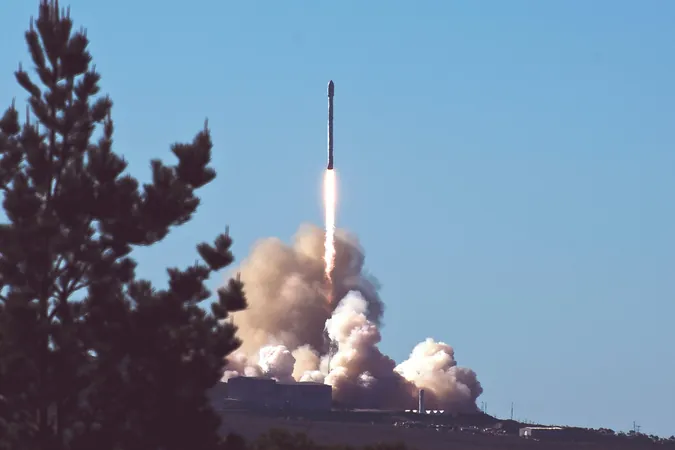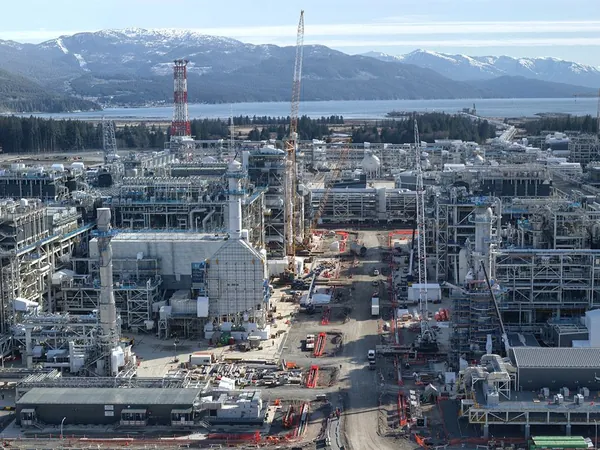
The Looming Danger of Solar Storms: What You Need to Know
2024-10-10
Author: Emma
Solar storms, also known as solar flares or geomagnetic storms, are a natural phenomenon that can have significant impacts on technology and infrastructure on Earth. Recent studies indicate that these events, although infrequent, could unleash electromagnetic pulses strong enough to disrupt power grids, satellite communications, and even internet services.
Understanding Solar Storms
Solar storms originate from the sun's activity, particularly the release of huge bursts of plasma and energy into space. When this charged particles hit Earth's magnetic field, they can trigger a host of technological issues. The severity of these storms is classified based on the level of disruption they can cause; minor storms may lead to beautiful auroras, while more severe storms can result in widespread electrical outages and damage to satellites.
The Increasing Frequency of Solar Activity
Experts have noted an uptick in solar activity correlating with the sun entering its 11-year solar cycle peak. This could mean a higher likelihood of solar storms affecting Earth between now and 2025. In fact, a particularly powerful event in 1859, known as the Carrington Event, knocked out telegraph systems and created dazzling auroras seen as far south as Hawaii. A similar event today could cripple modern communications and power infrastructure.
Are We Prepared?
Several organizations, including NASA and the National Oceanic and Atmospheric Administration (NOAA), are actively monitoring solar activity and providing early warnings for potential solar storms. However, experts emphasize the importance of preparing for these events. This includes hardening infrastructure against electromagnetic interference, investing in backup power systems, and developing contingency plans for telecommunications and electrical systems.
The Global Impact
The implications of solar storms extend beyond local effects. A significant storm could disrupt international trade, financial markets, and critical logistic systems that rely on satellite navigation and communications. In a world that's increasingly dependent on technology, a major solar event could reverberate through the global economy.
What Can You Do?
Stay informed about solar activity and follow guidelines from weather agencies. Businesses should prepare for potential disruptions by creating response plans, investing in technological safeguards, and staying updated with the latest forecasts.
In conclusion, while solar storms are a natural part of our solar system's behavior, their potential consequences on modern society are profound. By understanding the risks and preparing accordingly, we can mitigate the impact and safeguard our technological future.









 Brasil (PT)
Brasil (PT)
 Canada (EN)
Canada (EN)
 Chile (ES)
Chile (ES)
 España (ES)
España (ES)
 France (FR)
France (FR)
 Hong Kong (EN)
Hong Kong (EN)
 Italia (IT)
Italia (IT)
 日本 (JA)
日本 (JA)
 Magyarország (HU)
Magyarország (HU)
 Norge (NO)
Norge (NO)
 Polska (PL)
Polska (PL)
 Schweiz (DE)
Schweiz (DE)
 Singapore (EN)
Singapore (EN)
 Sverige (SV)
Sverige (SV)
 Suomi (FI)
Suomi (FI)
 Türkiye (TR)
Türkiye (TR)